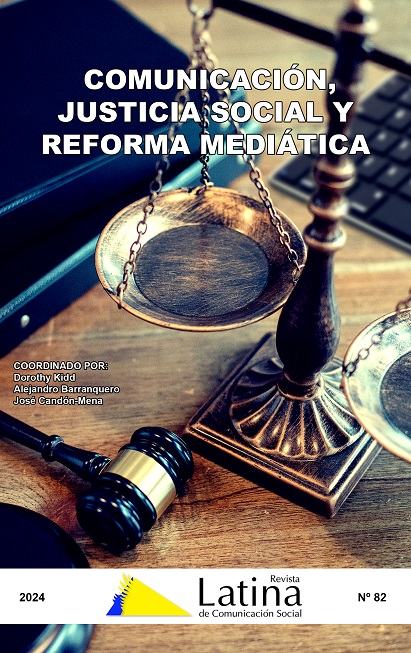Media Literacy
There is a large amount information available on this topic, and parsing it out for veracity can be difficult and complicated. Seek out information from a variety of sources, and look critically at the sources of the information you digest. Below are several methods and guidelines for analyzing media sources including The Association of College and Research Libraries Framework for Information Literacy which questions that can guide your critical analysis of the information presented through various media.
The Power of Language
Even when you are reading a source that you trust, look critically at the language that it uses to discuss people, groups, and actions on either side of the conflict. Is language used consistently when describing both sides? For example, are people described as "women" on one side and "females" on the other? Language can reveal and perpetuate implicit biases.
-
Palestine on the Air : a supplement to Journal of civil and human rights by
ISBN: 9780252084850Publication Date: 2019 -
Dogwhistles and Figleaves : how manipulative language spreads racism and falsehood by
ISBN: 9780192871756Publication Date: 2024
Framework for Information Literacy






Lateral Reading
Lateral Reading is a strategy you can use when evaluating the positionality and authority of a news source. It involves stepping back from the source itself to investigate its reputation through other sources.
SIFT Method for Evaluating Information
SIFT is a method for evaluating information sources developed in 2017 by Mike Caulfield, a research scientist at the University of Washington’s Center for an Informed Public. It is particularly useful for combating information overload in online environments.

